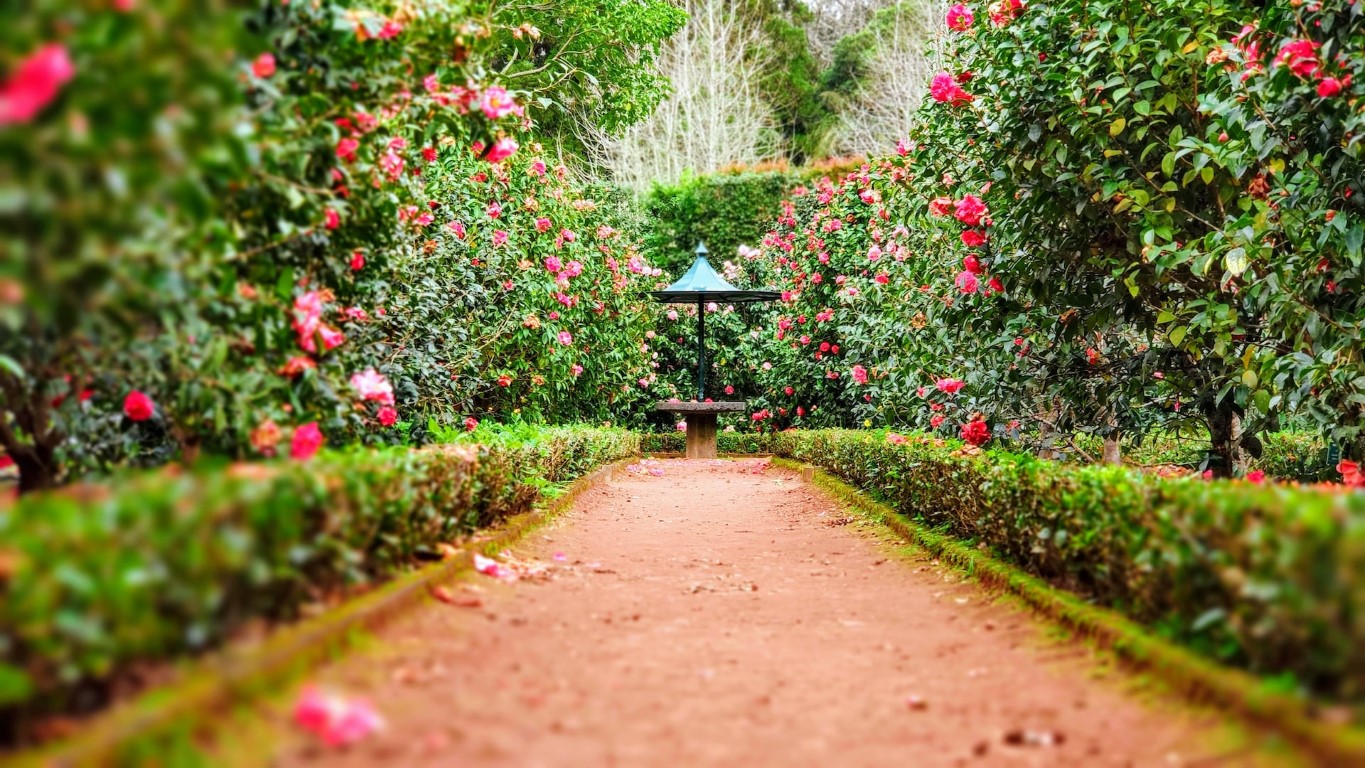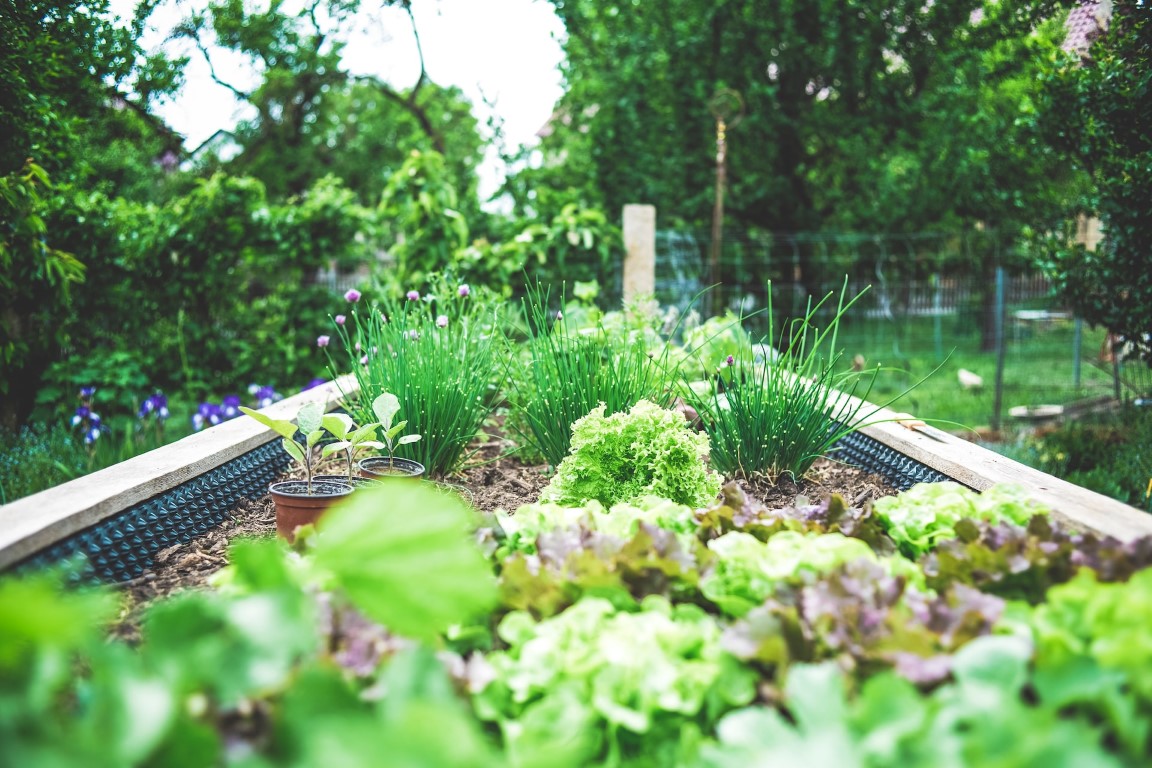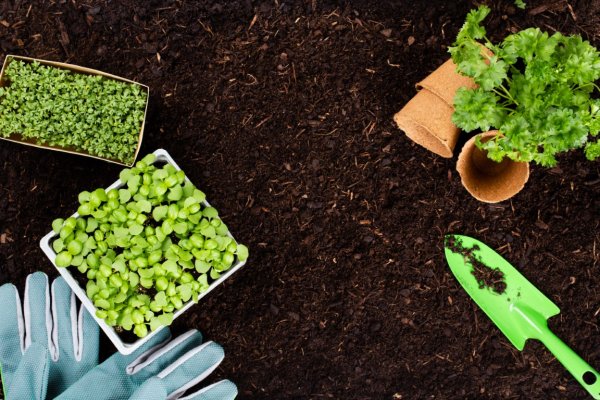It's not just the flowers and vegetables you've planted that make your garden an attractive yard. It's also how you care for every part of it, as well as the furniture, structures, and decorations you put in.
It's a wonderful spot to spend time with family and friends. In this article, we'll share a few tips so that you can make the most of your garden.

There are a number of different flowers and herbs that can fill your outdoor space with a lovely fragrance. Here are some of our favorites:
Lavender: This classic fragrant herb is perfect for adding a touch of relaxation to your garden. Add it to paths or borders for a pretty and aromatic accent.
Jasmine: Jasmine flowers release their heady aroma at night, making them a perfect choice for moon gardens or evening strolls.
Rosemary: Rosemary not only smells great, but it's also a versatile herb that can be used in cooking. Consider planting it near your kitchen door for easy access.
Peony: Peonies are beloved for their beautiful blooms and intense fragrance. Plant them in a sunny spot in your garden and enjoy their heady scent all spring long.
Most gardens are horizontal, but did you know that you can also grow vertically? By growing upward, you can save space and make the most of your garden.
Choose the right plants. Not all plants are suitable for vertical growth. Moreover, urban gardening websites can provide you with a list of the best options. Vines and climbing plants are a good choice, as they naturally grow upward. Other plants, such as roses, can be trained to grow vertically with the help of supports.
Build a support structure. This can be anything from a simple trellis to a more elaborate arbor or pergola. The type of support you need will depend on the plants you’re growing.
Plant in containers. If you don’t have much space for a traditional garden, try growing vertically in containers on your porch or deck. Planters with built-in supports are ideal for this purpose.
One of the best things you can do for not only your garden but for our planet is to use sustainable materials. This means materials that are good for the environment and won't deplete resources. There are a lot of great sustainable materials you can use in your garden, including:
Compost: Using compost is a great way to add nutrients to your soil without using synthetic fertilizers. It's also a good way to reduce waste.
Mulch: Mulch helps keep moisture in the soil and can help prevent weeds from growing. It's also biodegradable, so it's good for the environment.
Peat moss: Peat moss is a great way to improve drainage in your soil and it retains moisture well. Like mulch, it's also biodegradable.
Bark chips: Bark chips are another good mulching material. They're long-lasting and help prevent weed growth.
There are many ways to add water features to your garden, and each has its own benefits. Water features can provide a soothing environment for you and your guests, and can also attract wildlife.
Ponds are one of the most popular water features and can be easily created by digging a hole and lining it with a pond liner. Ponds can be filled with fresh water, or you can add a fountain or waterfall to create movement and interest.
If you have a small garden, or simply don’t want the hassle of maintaining a pond, consider adding a birdbath or small fountain. These features can be placed on a patio or decking and will provide a focal point for your outdoor space.
Mixing vegetables with flowers can help create a beautiful and bountiful garden that is both functional and aesthetically pleasing. Here are some tips to help you make the most of your mixed vegetable and flower garden:
Choose the right location. When selecting a spot for your mixed garden, make sure to choose an area that gets plenty of sunlight and has well-drained soil.
Plan your layout carefully. When planning the layout of your garden, consider which plants will need more space than others. For example, larger vegetables like tomatoes will need more room to grow than smaller plants like lettuce.
Plant tall plants in the back. To ensure that all of your plants get the sunlight they need, plant taller vegetables and flowers in the back of the garden and shorter ones in the front.
Add some variety. To add interest and visual appeal to your garden, try planting a variety of different colored flowers among your vegetables.
Keep it well-watered. Be sure to water your mixed vegetable and flower garden regularly, especially during hot summer days.

It is essential to water your garden regularly and at the right time of day. The ideal time to water your garden is in the morning before the sun gets too hot.
This allows the water to penetrate deep into the soil and helps to prevent evaporation. Watering in the evening can also be effective, as long as you avoid doing so late at night when there is a risk of fungal diseases developing.
Gardening is a great way to get some exercise, fresh air, and relaxation. With a little bit of planning, you can create a beautiful space that you and your family will enjoy.





